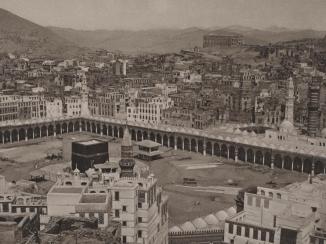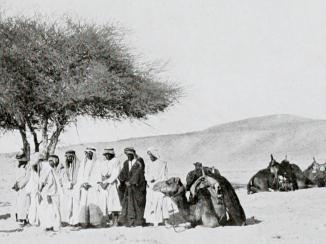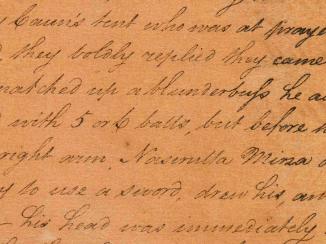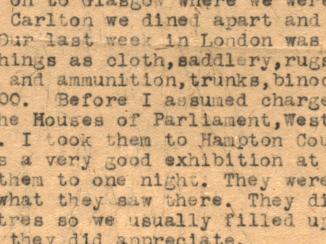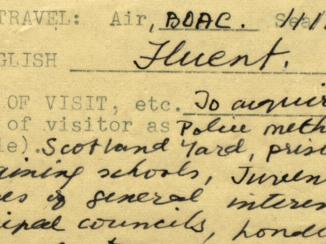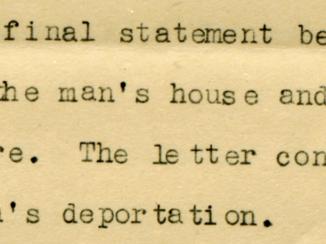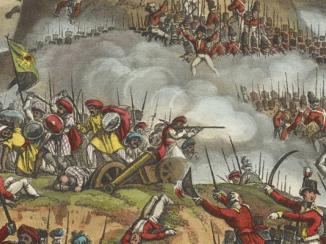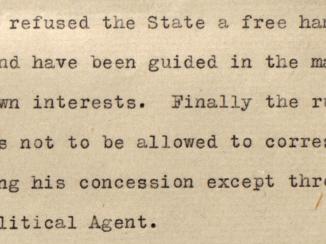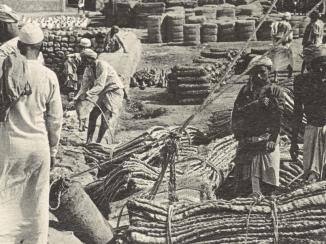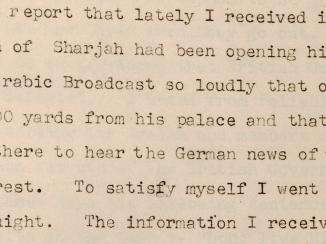Overview
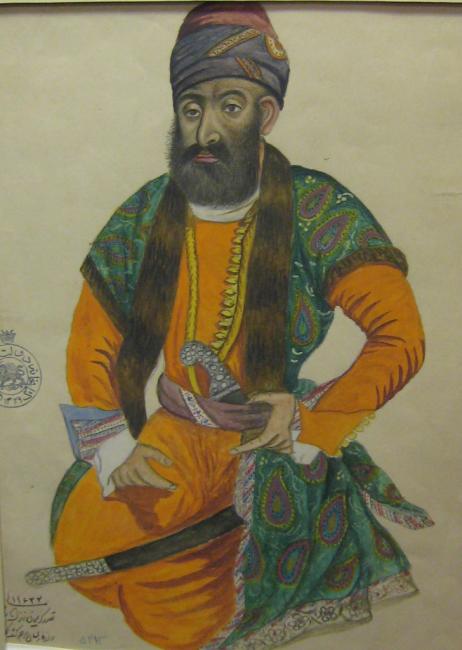
It was an event that provoked anxiety among Persians and foreign traders alike and was to trigger a period of profound instability in Iran: the death, in 1779, of the ruler of Persia, Karim Khan Zand (referred to in the India Office The department of the British Government to which the Government of India reported between 1858 and 1947. The successor to the Court of Directors. Records from the period as ‘Carim Caun’).
On 10 March of that year, when news of his death were no more than a rumour, John Beaumont, the East India Company’s Resident in Bushire, relayed to his counterpart in Basra, William Digges LaTouche, that the event was ‘so much dreaded by the Persians’ (IOR/R/15/1/3, pp. 15–16).

Six days later, Beaumont received confirmation of the rumour and immediately wrote to his superior, William Hornby, President and Governor of the Council in Bombay, to inform him of the news (IOR/R/15/1/3 pp. 16–18).
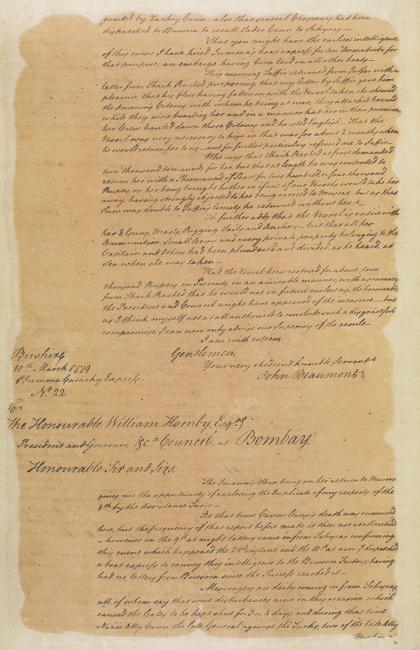
Stability and Peace
At the time of his death, Karim Khan had ruled Persia for over thirty years and in that period had established himself as a popular, wise and efficient ruler. He re-established a significant degree of peace and prosperity in a land that had been ravaged by years of conflict, restored Shiraz to greatness and developed Persia’s relations with foreign powers including the Mughal Empire and the East India Company.
Indeed, it was Karim Khan that had allowed the company to establish a trading post in Bushire in 1763. To the inhabitants of Persia his rule was a welcome change to the tyranny and cruelty they had suffered at the hands of recent rulers of Persia, notably Nader Shah, who ruled from 1736 until his assassination in 1747.
Karim Khan remains a respected and popular figure in contemporary Iran for the achievements and style of his rule – a large statue of him now stands outside the residence he built in Shiraz. That he never took the title of Shah and instead adopted the tile of vakil Elected representative or attorney, acting in legal matters such as contracting marriage, inheritance, or business; a high-ranking legal official; could also refer to a custodian or administrator. or-ra’aya (agent or representative of the people) is indicative of the nature of his rule.
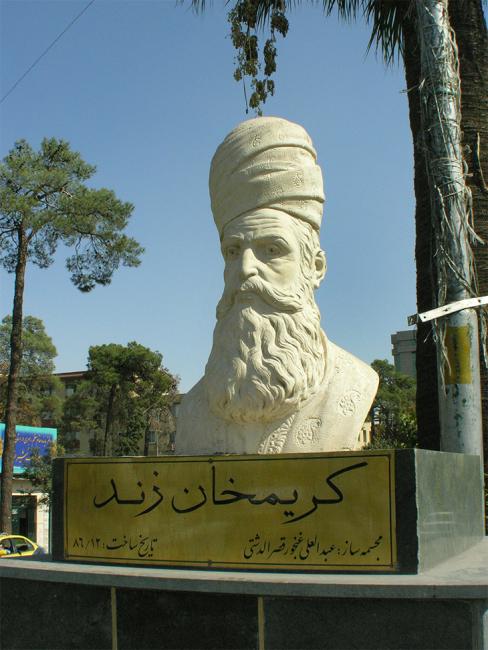
Succession and Aftermath
Since Karim Khan did not nominate a successor, following his death a number of potential – and rival – successors swiftly emerged and a vicious power struggle ensued that once again threw Persia into an extended period of warfare and upheaval. His death was a source of fear and confusion not only to the population of Persia but also to Beaumont and other East India Company officials. The company was operating in Persia with Karim Khan’s permission and the stability that his reign provided had allowed trade to flourish to the company’s benefit.
With him gone, it was unclear what path Persia would take and what implications there would be for the Residency An office of the East India Company and, later, of the British Raj, established in the provinces and regions considered part of, or under the influence of, British India. in Bushire as well as the company’s trading activities in the region more broadly. This uncertainty and confusion was set to last for several years and forced the Resident at Bushire to closely monitor the complex and fluid political situation in the country. Thus the Bushire Residency An office of the East India Company and, later, of the British Raj, established in the provinces and regions considered part of, or under the influence of, British India. files form a rich source of information on political developments in Persia from this period.

